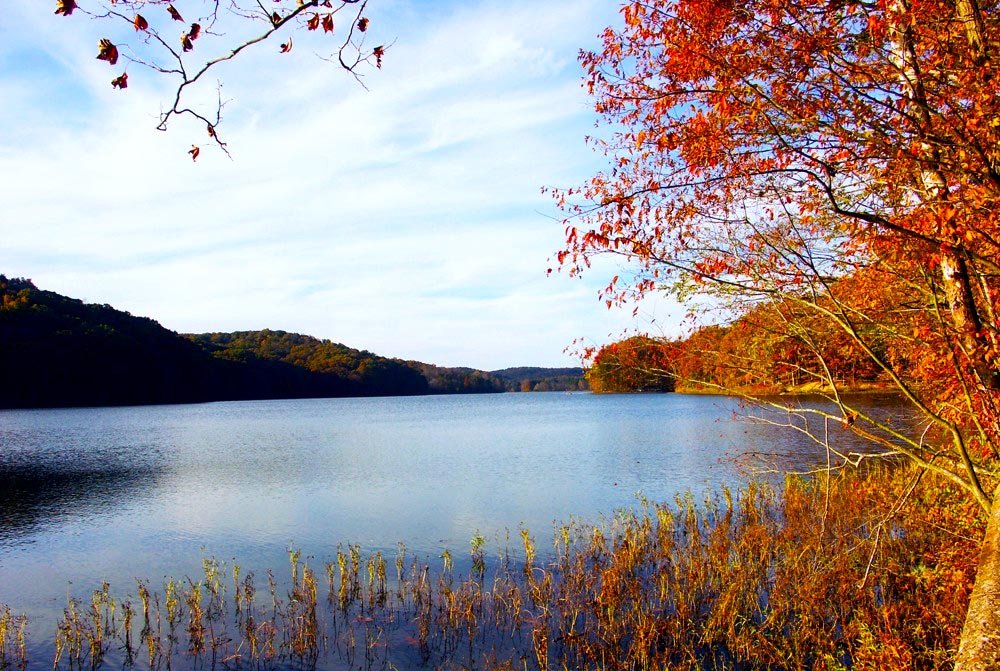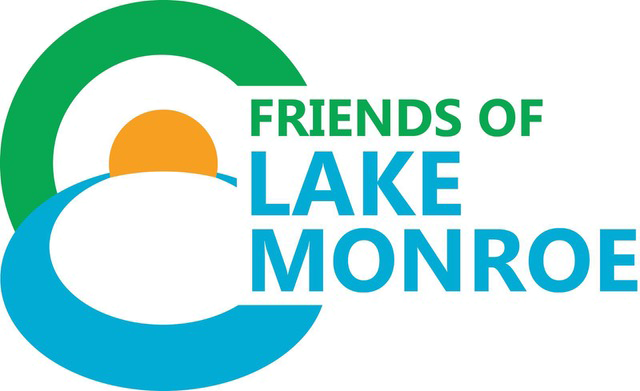
Science
science is an essential part of the Friends of lake monroe mission, guiding the work that we do to protect the lake.
The FLM Science Committee plays an important role in mobilizing volunteers to gather and analyze data. FLM also works with classes at IU-SPEA and with summer interns who conduct specific research projects. To learn more about current Science Committee projects, please contact watershed coordinator Maggie Sullivan at watershed@friendsoflakemonroe.org.
-
Water clarity monitoring was conducted by volunteers weekly during the summers of 2017 and 2018 in the Ramp Creek area of Lake Monroe. The work was conducted at the request of area residents who are concerned about potential impacts from private logging near the Shadyside Rd neighborhood. Secchi Depth and Turbidity were measured at three different locations.
Science committee members began exploring methods to measure water clarity, depth and sample for plastics using autonomous sampling equipment. This effort was spearheaded by a group of 10-13 year old students, the Spockbots, who built a demonstration instrument to measure Secchi depth as part of the International Lego Challenge. These students won their regional competition and traveled to Copenhagen to garner an award.
Science committee Howard Webb has led the effort to obtain current maps and develop new maps of the lake bed topography (bathymetry). Trial efforts in the Pine Grove section of the lake reveal the remnant stream bed of Salt Creek is still intact. Howard is developing methods to engage citizen scientists and fishermen in this effort.
FLM president, Sherry Mitchell-Bruker, has been working with The Nature Conservancy and The City of Bloomington Utilities (CBU) to explore the feasibility of a water fund. As a first step, a group of scientists from government agencies and Indiana University were gathered to locate sources of existing data and identify data needs. The Nature Conservancy funded a SPEA graduate student to work with SPEA faculty member, Melissa Laney, to compile and analyze these data. The report is available here. As a result, a second group of scientists, including CBU, US Army Corps of Engineers (USACE), Hoosier National Forest (HNF), IDEM, US Geological Survey (USGS) and IUSPEA, is working to develop an integrated monitoring plan for Lake Monroe.
-
2018 Summer Intern, Brady Barksdale, interviewed area fishermen and state fisheries scientists to learn more about recreational fishing in Lake Monroe. His report can be viewed here.
-
Melissa Laney’s 2018 Graduate SPEA Capstone Class worked with FLM to explore and implement methods for using GIS to quantify sediment loading to the lake. Additionally, they developed a handbook for citizen science monitoring, which will serve as a starting point for the monitoring needed to develop a watershed management plan. Their report is available here.
-
In 2019, FLM received funding to develop a watershed management plan for Lake Monroe over the course of 2.5 years. The project involved hiring a watershed coordinator, conducting water quality monitoring across the watershed, and running an extensive education campaign to increase awareness of the problems facing Lake Monroe. Volunteers played a large role in collecting data alongside water quality professionals. The Lake Monroe Watershed Management Plan was published in January 2022 and identifies needed steps to improve water quality in the lake.
-
In 2023 and 2024, the FLM Science Committee has been exploring other avenues for quantifying sedimentation rates caused by shoreline erosion along the lakeshore. One approach is to record shoreline conditions using a combination of field data sheets and Lidar data. Another is to install a wave sensor on a buoy in the lake to measure wave strength and associated erosion rates.

